The major motorcycle manufacturers were there, together with several minor ones. We all know the major ones, but Royal Enfield, Norton, Matisse and even Watsonian Sidecars were there as well.
My first view was of several stands with retro looking bikes. They looked good to me in the same way that E type jaguars look good, but as for E types, they also looked dated. So these were perfectly in phase with my likes.
There were also some old – old bikes. I especially liked seeing the 1960s Triumph Bonneville. Twin Carburettors, Drum Brakes, 120 mph, no fairings, a great bike without being hampered by adequate electrics or an electric start.

Further into the show was the BMW club stand. I met one of our Oxford members there who I had not met before. And I also spoke at some length to a Lancashire member. I did not expect to chat about Lancashire Boilers (ie the ones used for steam engines) at a bike show.

Next was the BMW stand. I had a problem with this because I could not quite decide what to look at. There was a large range of bikes, and several, even many of each type. In the end I homed in on the new GS and its engine in particular.

It does look a bit unusual with the inlet vertically into the cylinder at the top, and the exhaust vertically downwards.

Still, now that both exhaust valves and both inlet valves are operated by their own camshafts, I like to imagine the hike in power that can be achieved with variable valve timing. Also I wonder if the fuel efficiency can be increased.

The new engine looks to be very robust. I had not noticed the lack of fins on the head of the cylinders from the magazine coverage, but close up this is really apparent. There are many fewer fins than I am used to seeing on a BMW engine, so perhaps it is now a case of using the air when it has enough cooling capacity, but not bothering with it when there isn’t enough. Just think, a bike as light as the R1200RT, with the power of the K1600GTL and with better fuel economy than the RT. – – – – One can only dream.
I was a bit surprised that next year BMW seem to be producing GS’s with both the new and the old engines.

I also looked at some smaller bikes, because I have an interest in a bike that I can handle in snowy, icey conditions. So I want it light, lower, and not with any great amount of power. Perhaps a small sort of GS. There were a couple, or even three that could fill the bill, and they were all there with their lower suspension. These were a 650 single, and two 700 twins.
After the BMW stand I walked across the lane to the Honda stand. My 20 year old son is trying to pass his bike test, so needs something within the 33hp range. I looked at some of these which seemed to be good. Two were variations on a 700cc engine. They both had false fuel tanks that could take a standard crash helmet. The fuel tank was beneath the seat, and was filled by lifting the rear seat. These bikes are about 47 hp, so need to be restricted for two years for my son.
Honda had many other bikes, but I suppose I had seen what I wanted so did not go into the complete range with more than a glance. I did bump into some other club members, and noticed one of them trying out a possible new Honda.

As I was wandering around, I was intrigued to see the Watsonian Sidecar stand. There I found a 1200GS with a perfectly paired sidecar. The sidecar had motorcycle suspension, a GS screen, and a very large compatible rectangular aluminium box. It really looked as if it could handle the off roading that the GS can handle.I was interested in the Royal Enfields. They seemed to have a front down tube bolted to the front of the crankcase. The engine then took the place of the bottom of the frame, and a rear frame was bolted to the rear of the engine. I didn’t realise that the Royal Enfield had a stressed engine, unless this is a new development.
As I think about it, some of the manufacturers have gone for a Retro vein, like Triumphs, Norton, Royal Enfield, and even Honda, which relates back to the 1960’s in the UK. Others like Honda, Harley Davidson and a few others have gone for the old American look, back to the Harleys of the 1960’s. But in the Boxer engines, and the bikes built around them, BMW seem to have been progressively evolving them into several leaders in their field. They have got overhead cam shafts, now prepared for variable valve timing, shaft drive giving lubricated and enclosed drive, the obvious low centre of gravity, the effective front suspension, etc. The results are top class off road and for touring, with the obvious history of the horizontally opposed engine, but which are completely modern.
I enjoyed my few hours at the show, and returned to the luxurious indoor Bike park to collect my transport; thinking that this would be just the right size for a workshop/garage for me.



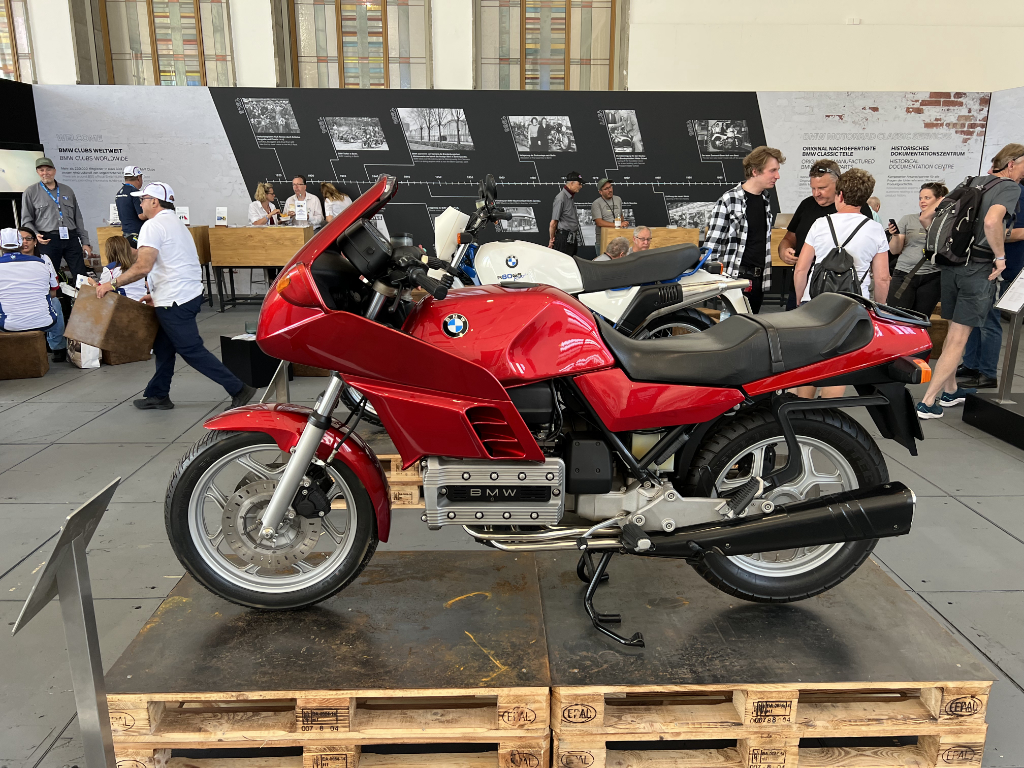
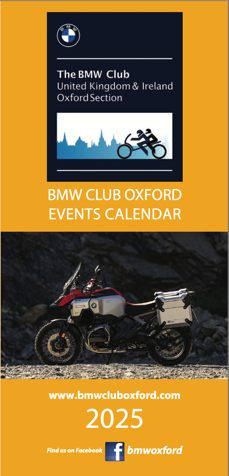
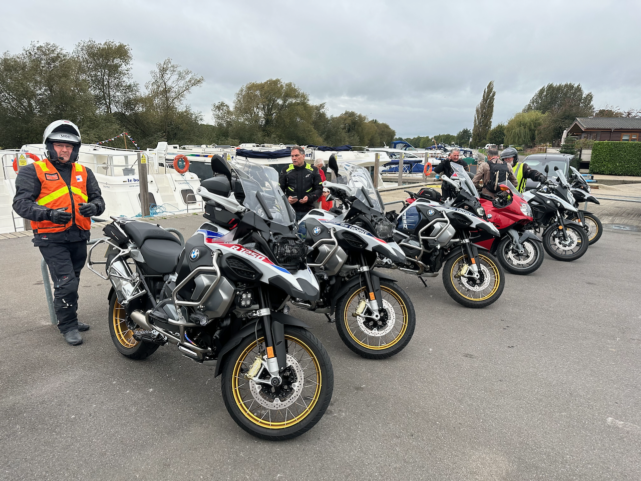
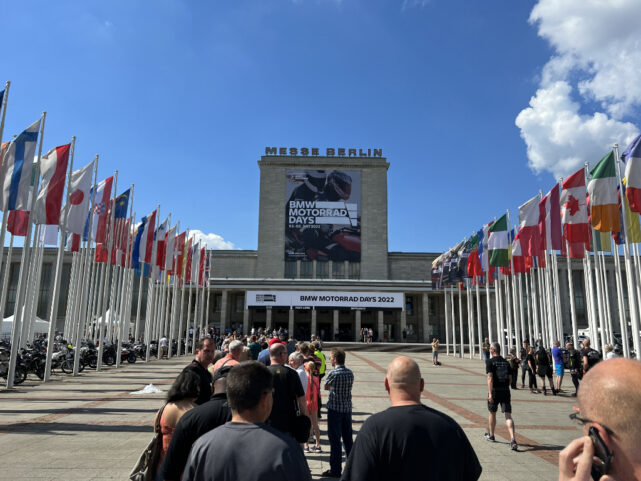

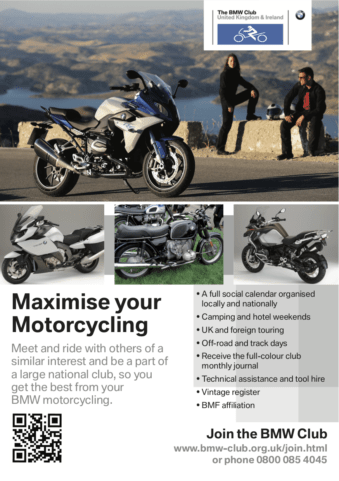
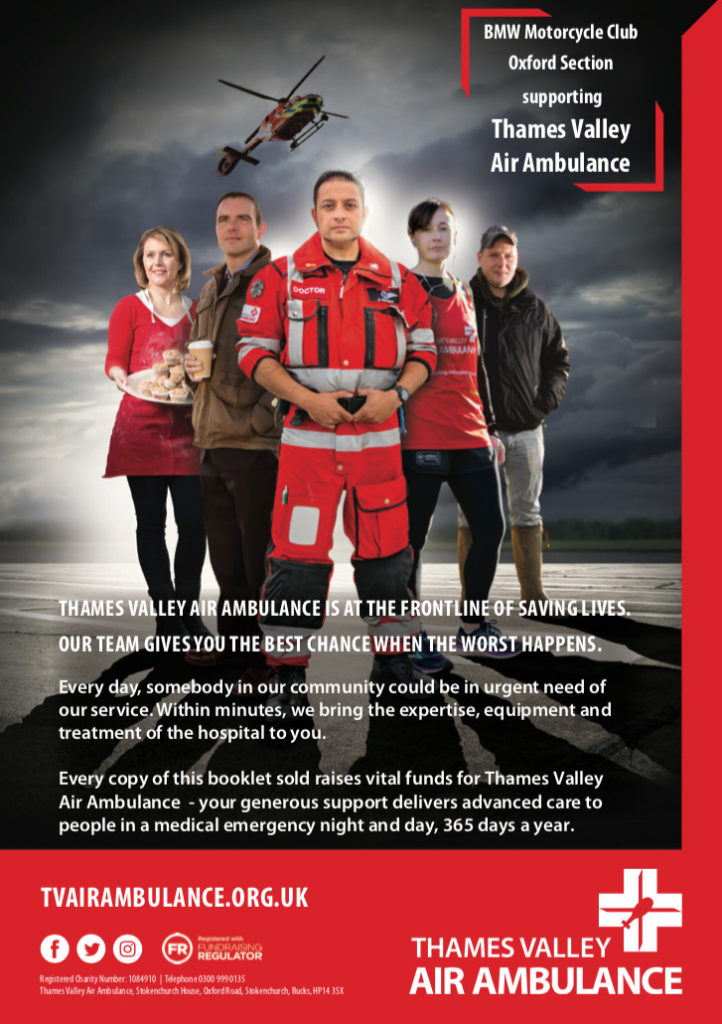
Thanks for your summary. Your description is just as I remember seeing it. The GS Liquid cooled engine actualy looks neater in the flesh than in the press.
Can’t wait to have a go on one.
Bob
Great to have had somany of your members come and say hi at our stand too Steve. All seem to be pleased with their picture on the table here!
And did you look at the electric motorcycles? Really practical machines with 90 mph plus top speeds and over 130 mile range. Half charge in 10 minutes as well. Amusing that the regulations for the learner bikes of less than 30 kw hasn’t included the electric bikes so your son can ride one of these rocket ships as a learner!? They are also virtually maintenance free with only tyres, wheel bearings, head race, brakes and belt drive to check. Battery life is reckoned to be around 200,000 miles.
That BMW sidecar on the Watsonian stand was designed by the BMW man using GS parts.
Did you see the video of the gymkhana bikes winding their way round cones at max lean angle; amazing bike control.
Excellent show with interesting BMWs on the stand and the new massive engine on the new Moto-Guzzi California